Become the Hostess With The Mostest
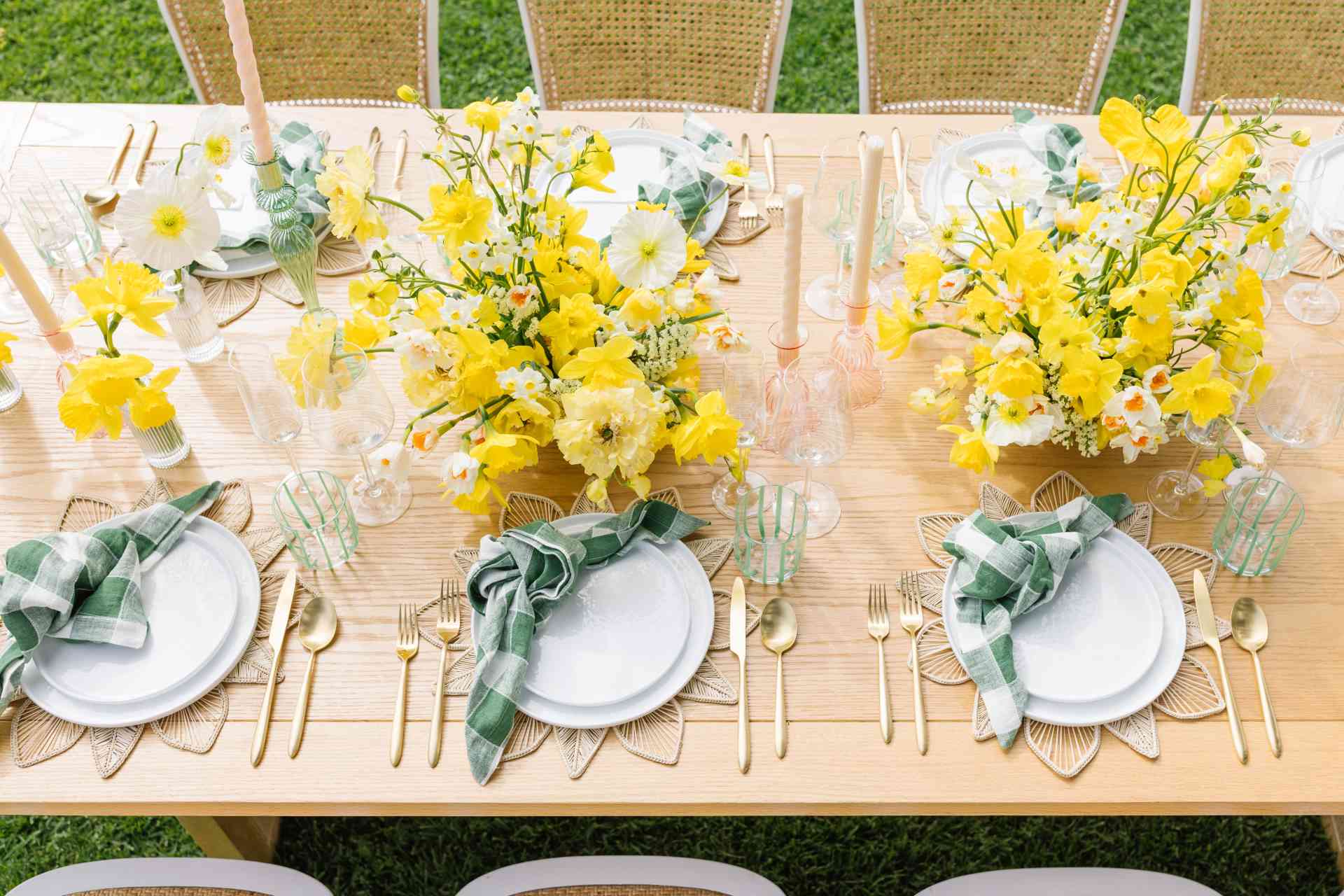
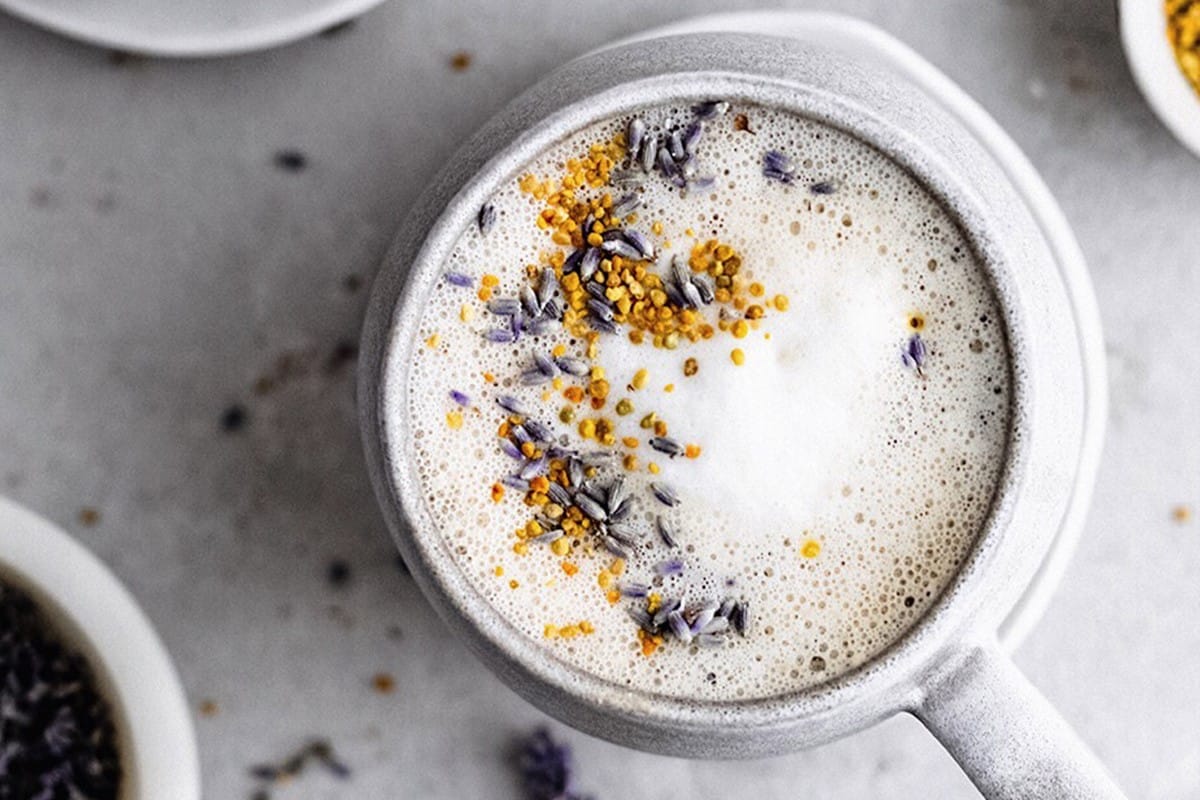
Flowers and dinner are a classic duet, but did you know they could be one of the same?
The use of edible flowers in cooking goes way back, like way back—we’re talking thousands of years. The ancient Greeks? They were big fans of incorporating edible flowers into their cuisine. And let’s not forget about the Romans—they loved sprinkling petals over their feasts and infusing their drinks with the essence of blossoms. Flowers aren’t just for show, they’re a delicious part of culinary history.
Edible flowers are an easy finishing touch that can turn a regular salad into a masterpiece or a cake into a work of art. Using flowers in dishes and drinks allows you to experience your favorite blossoms (and recipes!) in an entirely new way.
Hungry for more? Try one of our cooking classes! Whether you’re looking for some hands-on training with knives, an at-home shindig with friends or a fun date night activity, our cooking classes are the perfect fit.
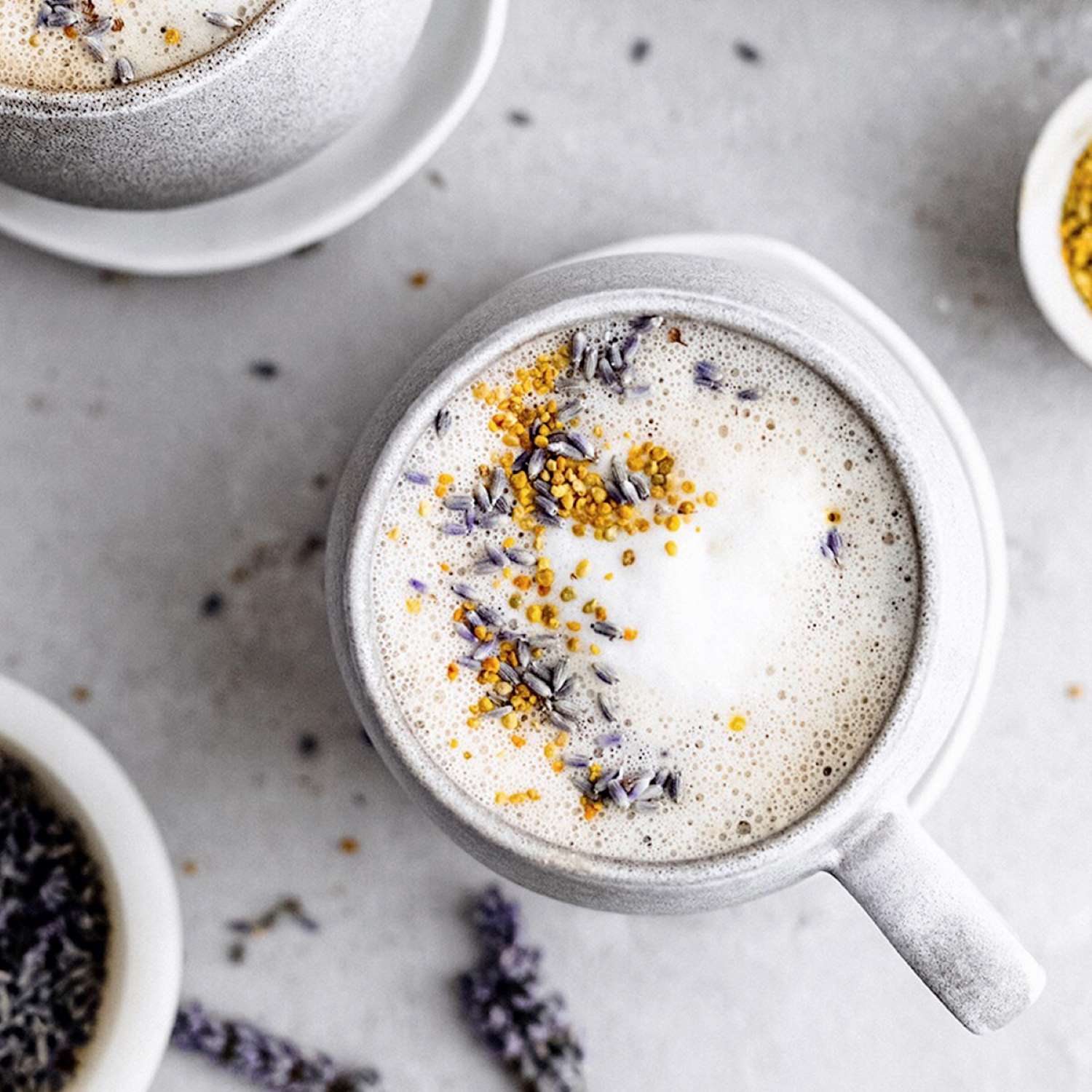
Edible flowers are exactly what they sound like—blooms that you can eat! But not all flowers are edible, so it’s essential to know which ones are safe for consumption. Generally, edible flowers come from plants that haven’t been treated with pesticides or other chemicals. Popular choices include roses, violets, lavender and nasturtiums, each offering its own unique flavor and aroma.
Before using edible flowers, ensure they’re fresh and clean. Gently rinse them under cool water and pat them dry with paper towels to remove any dirt or insects. Additionally, it’s crucial to only use the petals and remove any pistils, stamens or other nonedible parts.
Before you buy or grow your own blooms, it’s a good idea to get familiar with their flavor profiles.
Here’s a brief overview of several widely used edible flowers:

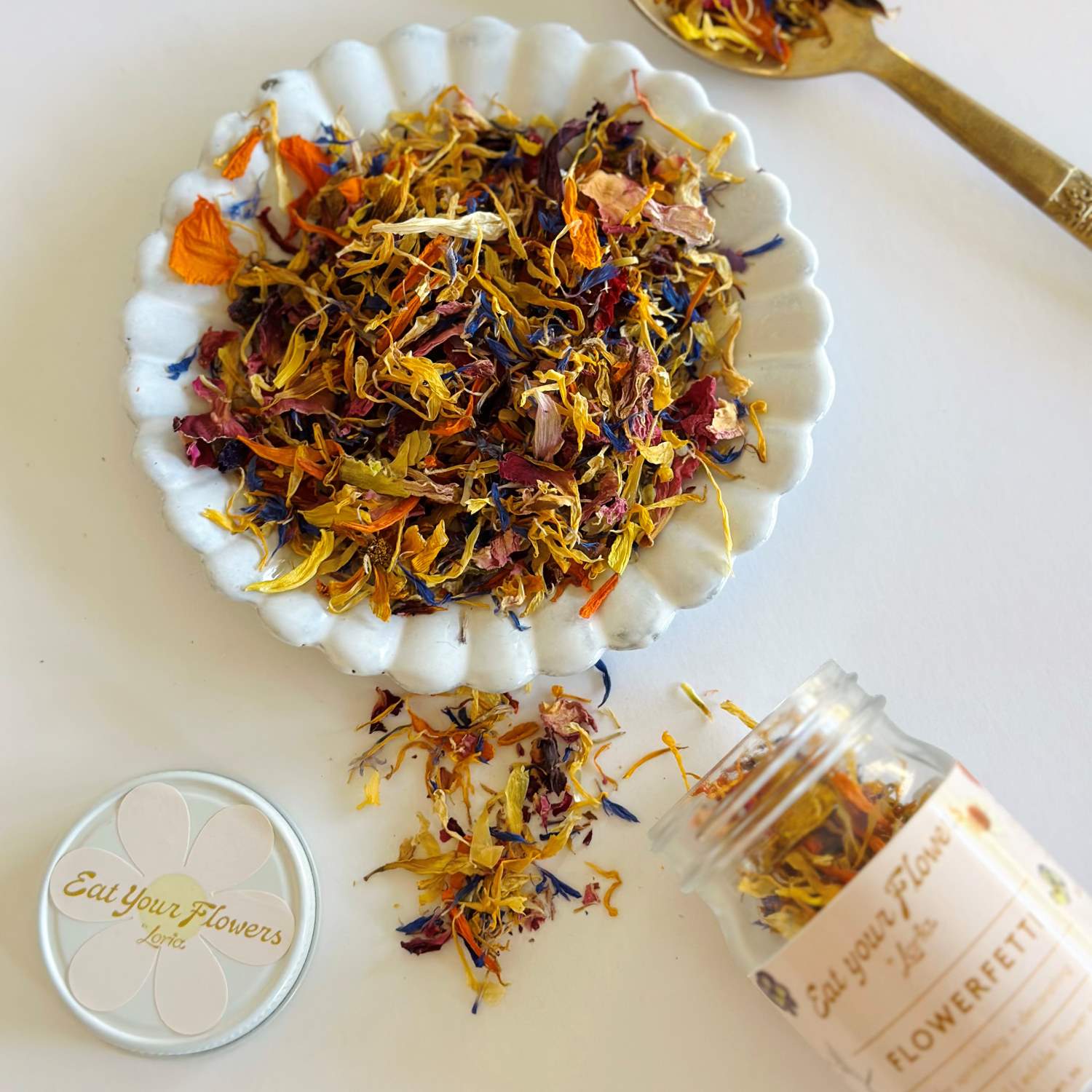
If you’ve got a garden, chances are you’ve got some edible flowers hiding in there! You’d be surprised how many herbs and veggies have blossoms that taste just like a milder version of the plant itself. They’re perfect for adding a little something extra to both sweet and savory dishes.
Here are some tasty blooms to look out for:
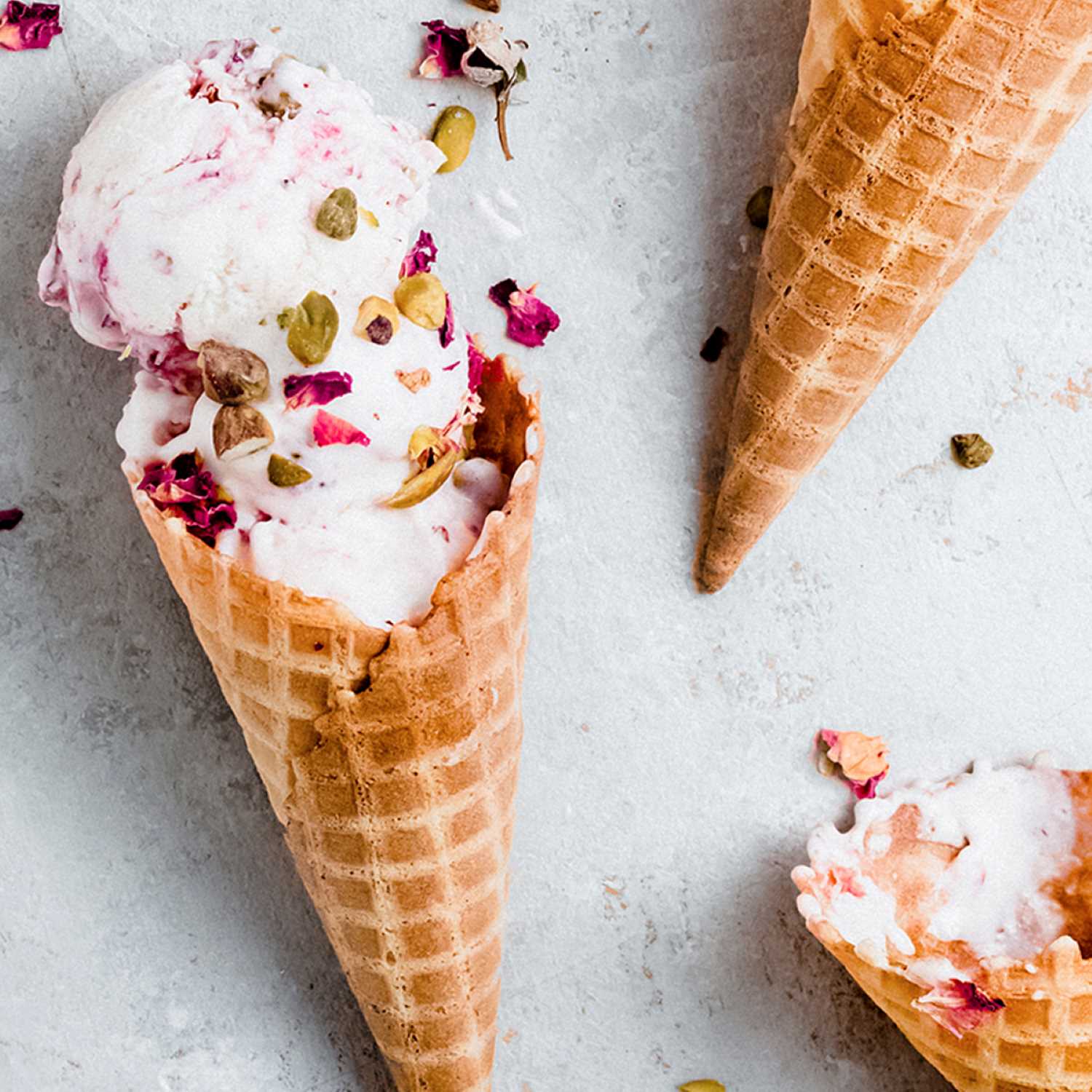
To really bring out the delicate flavors of edible flowers, it’s best to use them as toppings for light, cool dishes or mix them into your baked goods. Stick to recipes that don’t contain heavy, hot or saucy components that could wilt the petals and mask their subtle scent.
Here are a few easy ways to add edible flowers to your cooking:
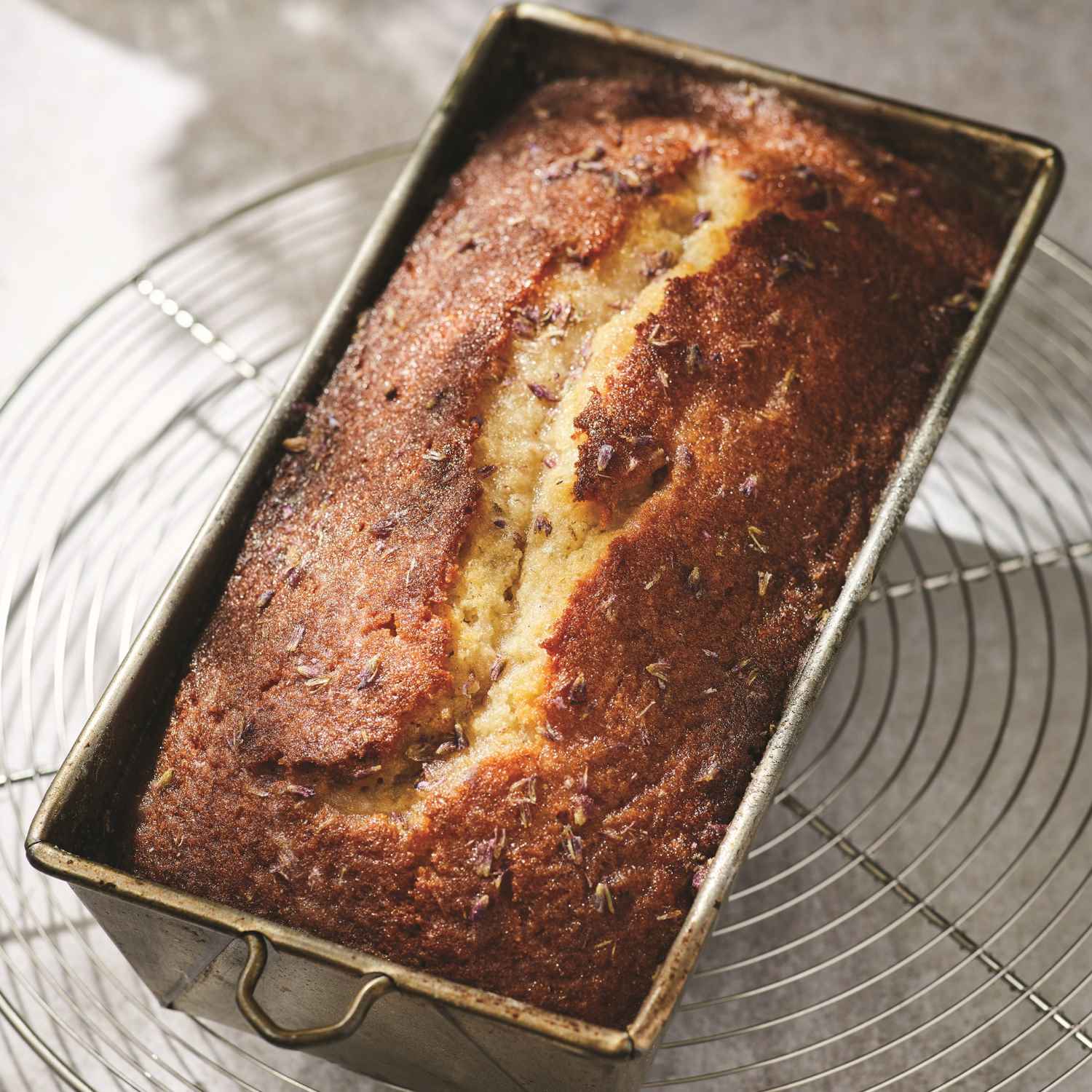
Do consider plant allergies when cooking for you or your guests.
Don’t eat the flower if you’re not sure! Always research before cooking.
Do harvest edible flowers in the morning when they are at their peak of color.
Don’t use flowers that have been treated with pesticides or other chemicals.
Hungry for more? Try one of our cooking classes! Whether you’re looking for some hands-on training with knives, an at-home shindig with friends or a fun date night activity, our cooking classes are the perfect fit.
Join The Conversation